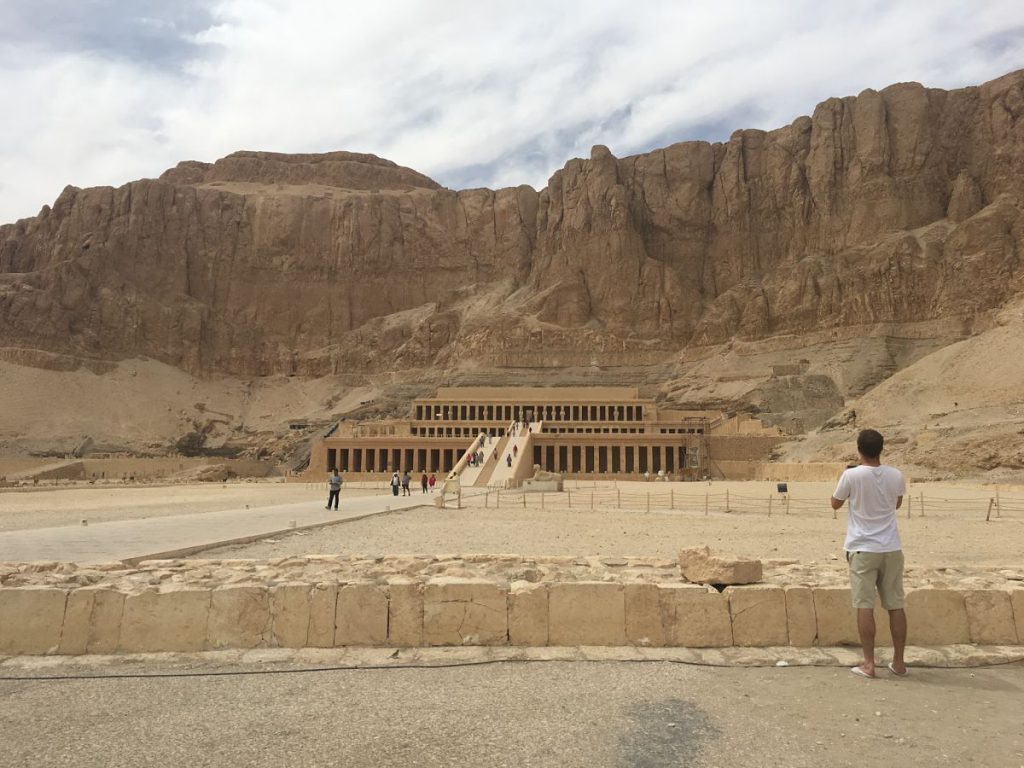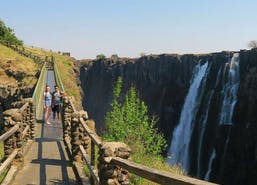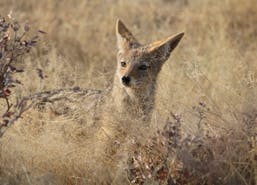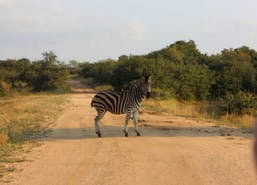A Day in the Namib Desert
Freedom. What does freedom mean when one lives in a large city? What does it mean when you live under the towers of Manhattan, the London smog, or the crowded Parisian metro?
To me, freedom means space. Freedom means fresh air. Freedom means an absence of human imprints, a place where you can discreetly observe nature in all it’s glory the way it has always been. And what place better to see it than in the desert, in an infinite number of rolling dunes, swept by the wind, lit up by the sun, and brought to life by the hundreds of species who call it home.

In 2014, I embarked on what was the first of 4 journeys to Namibia, to visit, amongst other areas, the oldest desert of the world; The Namib Desert. 2000km of sand, neatly bordered by Angola to the north, South Africa down South, and abrubtly stopping in the Atlantic Ocean to the west. All in all, 81,000 KM of desert up to 80 million years old, some quite serious credentials for an explorer on his way out of the city.
Namibia is a sleepy country, nestled in southwest Africa, boasting extraordinary landscapes, it’s one-of-a-kind Skeleton Coast, and an ecosystem which such rich biodiversity that one often wonders how relatively few travellers visit the area compared to what it can offer. Landing in it’s capital, Windhoek, looks nothing like an arrival in an International Airport, and for warthogs trotting around the terminal are a sign of things to come; wilderness is King.

The gateway to the Namib is a small settlement named Sesriem, a day’s drive from the capital, and home to a number of campsites and lodges where foreigners will rest from the heat, refuel, braai, and set off for the desert in the early hours of the morning. Sesriem in itself is located in a rugged, mountainous area, with good tracks allowing the visitor to enjoy some stunning views, and dodge a number of springboks, ostriches, jackals, wildebeest, and mountain zebras living in the area while driving. But the reward lies 60km deeper, in a natural corridor giving access to the heart of the desert.
You’ll rarely get as excited to set off at 4:00 AM in the morning, to the possible exception of those camping, who need to pack up with minimal light. For 48km, your vehicle follows a paved road in the pitch darkness, with the occasional pair of eyes reflecting off your headlights, the local oryx population enjoying the last cool hours of the night before the heat makes it’s way. The last 12KM are where a bit of skill and concentration are required. Your 4×4 leaves the road to dive in the desert on the soft African sand, dodging your way out of obstacles, and working to avoid getting stuck. By the time you arrive at the end of the track, daylight is already progressing, allowing you to discover a landscape impossible to guess until now.

This is where the last challenge lies; climbing on top of your dune before your sunrise breaks through. Climbing in the sand has never been a pleasant thing; it’s tiring, the air is still cold, and you may just as well wish your phone or camera farewell if you drop them. But once you make it to the top….. Freedom! To be able to witness the sun illuminating the sands, turning the dunes red, colouring the sky and clouds in dozens of different shapes is an extraordinary reward. The phenomenal beauty of Sossuvlei comes to life, the sight is humbling, and one can’t help feeling small facing such a wonderful place.
The race is over, you may sit on your dune and enjoy the view as the world comes to life. A few hours later, on your way back through the corridor, it’ll be hard not to smile when crossing the paths of vehicles heading to Sossuvlei, but who, for a few hours of extra sleep, will have missed the planet’s greatest light show.




